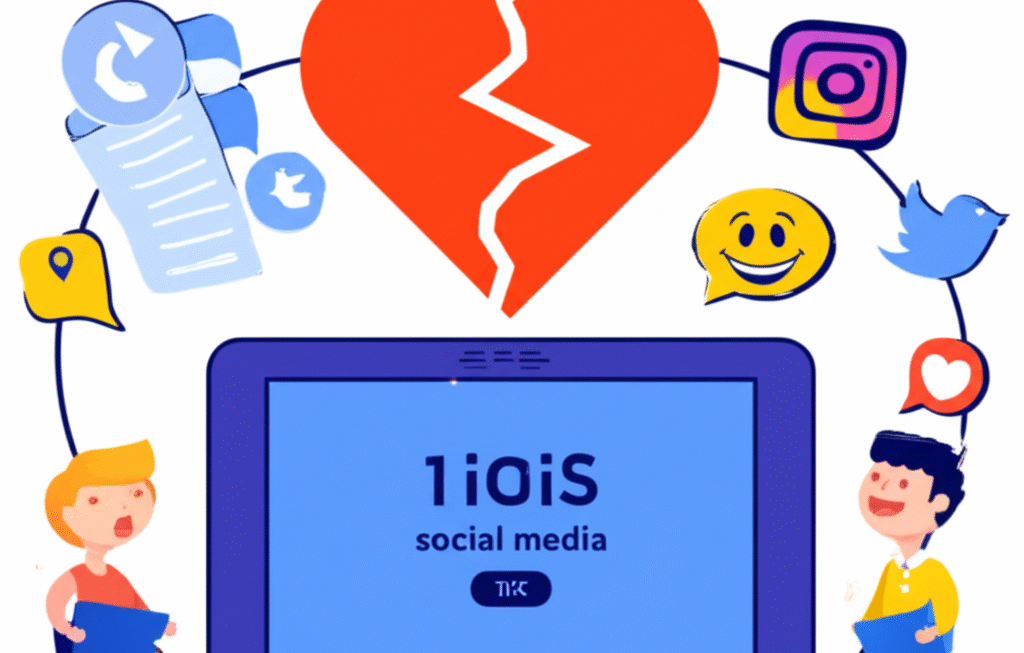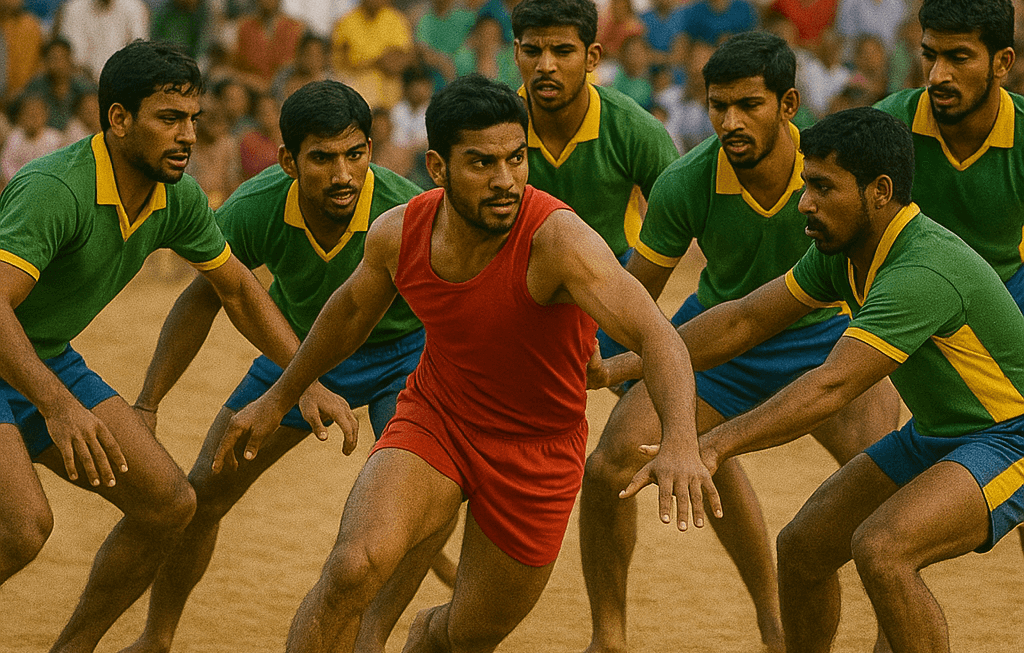When PUBG Mobile’s first World Championship awarded $2 million in prize money, traditional PC gaming elitists laughed at the idea of “real” esports happening on phones. Those same critics aren’t laughing anymore — mobile esports now generates more revenue than PC and console gaming combined, with tournament viewership numbers that make traditional sports executives take notice. But here’s what those early skeptics completely missed: mobile esports didn’t just create a new gaming category; it fundamentally democratized competitive gaming by removing the financial and technical barriers that kept billions of potential players on the sidelines. Today, a teenager in rural Bangladesh has the same access to world-class competitive gaming as someone with a $3,000 gaming rig in Silicon Valley.
Breaking down barriers — how smartphones democratized competitive gaming
The mobile esports revolution succeeded because it solved the accessibility problem that had plagued competitive gaming since its inception. While PC gaming required significant financial investment and technical knowledge, mobile esports only needed a device that most people already owned for completely different reasons.
Economic accessibility transformation
Traditional esports demanded expensive gaming PCs, high-speed internet, and specialized peripherals that created insurmountable barriers for most global populations. Mobile esports eliminated these requirements by leveraging hardware that people purchased for communication and basic internet access, instantly creating the largest potential competitive gaming audience in history.
Geographic reach expansion
Mobile esports thrived in regions where PC gaming infrastructure never developed, from Southeast Asian internet cafes to African mobile-first economies. Countries that never had significant PC gaming communities suddenly produced world-class mobile esports talent, fundamentally shifting the geographic centers of competitive gaming.
For those looking to engage with this booming industry, platforms like 1xBet offer exciting opportunities to follow and bet on mobile esports tournaments, further fueling the growth of this global phenomenon.
Demographic diversification
Perhaps most significantly, mobile esports attracted demographics that traditional gaming had failed to engage meaningfully. Women, older adults, and lower-income populations found mobile titles more approachable than PC alternatives, creating competitive scenes with unprecedented diversity in age, gender, and socioeconomic backgrounds.
Regional powerhouses emerging from mobile-first gaming cultures
Mobile esports created entirely new competitive gaming superpowers as countries with limited PC gaming infrastructure leveraged mobile-first development to dominate emerging competitive scenes. These regional successes demonstrate how technological leapfrogging can create unexpected competitive advantages in digital entertainment sectors.
Southeast Asian mobile gaming dominance
Countries like Thailand, Philippines, and Indonesia transformed from minor players in traditional esports into mobile gaming powerhouses by investing heavily in mobile-specific infrastructure and talent development. These nations recognized mobile esports potential early and built competitive ecosystems that now export talent and expertise globally.
Chinese mobile esports ecosystem
China’s mobile gaming market developed sophisticated competitive structures that dwarf traditional esports in scale and complexity. With hundreds of millions of active mobile gamers, Chinese companies created tournament systems and professional leagues that demonstrate the true potential of mobile competitive gaming when supported by appropriate infrastructure and investment.
The regional development patterns reveal fascinating insights about mobile esports growth:
- Infrastructure requirements favor mobile networks over gaming cafes — Countries with strong mobile infrastructure but limited PC gaming facilities found natural advantages in mobile competitive gaming
- Cultural attitudes toward mobile gaming as legitimate entertainment — Regions that embraced mobile gaming as primary entertainment rather than secondary options developed more robust competitive scenes
- Government support for digital economy development — Countries recognizing mobile esports as economic opportunity invested in supporting infrastructure and talent development programs
- Educational system integration possibilities — Mobile gaming’s accessibility allowed some regions to incorporate competitive gaming into educational curricula more easily than PC alternatives
- Corporate sponsorship from telecommunications companies — Mobile carriers became natural sponsors and infrastructure providers for mobile esports, creating unique partnership opportunities
- Youth engagement and social media integration — Mobile platforms naturally integrated with social media systems, creating viral growth patterns that traditional esports struggled to replicate
These regional advantages demonstrate how mobile esports created new pathways to competitive gaming success that bypassed traditional barriers and infrastructure requirements.
Prize pools and tournament infrastructure catching up to PC esports
The financial legitimacy of mobile esports became undeniable as prize pools reached parity with established PC titles and tournament production values matched traditional broadcast standards. This economic validation attracted mainstream sponsors and media partners who had previously dismissed mobile gaming as casual entertainment.
Tournament production evolution
Early mobile esports events looked amateur compared to established PC tournaments, but rapid improvement in production quality and broadcast technology brought mobile events to professional standards within just a few years. Major mobile tournaments now feature production values that rival the biggest traditional esports events.
Sponsor investment acceleration
Major brands recognized that mobile esports provided access to demographics and geographic markets that traditional gaming couldn’t reach effectively. This realization drove significant sponsor investment that elevated prize pools and tournament quality across all major mobile titles.
Broadcasting and streaming innovation
Mobile esports pushed innovation in streaming technology and viewing experiences, developing solutions for spectating touch-based gameplay that created new standards for competitive gaming broadcasts. These innovations influenced how all esports present complex gameplay to audiences.
Technical evolution pushing mobile hardware to gaming limits
The competitive demands of mobile esports drove smartphone hardware development in directions that purely communication-focused devices never would have explored. Gaming performance became a major selling point for flagship smartphones, creating a feedback loop that continuously improved mobile gaming capabilities.
Processing power and thermal management
Competitive mobile gaming required sustained high-performance operation that exposed limitations in mobile hardware design. Manufacturers responded by developing specialized gaming phones with advanced cooling systems, higher refresh rate displays, and optimized processing architectures specifically for competitive gaming demands.
Network latency and connectivity optimization
Mobile esports highlighted the critical importance of network performance for competitive gaming, driving improvements in 5G implementation, carrier network optimization, and mobile-specific latency reduction technologies that benefited all mobile internet users.
The technical advancement patterns include several key areas:
- Display technology improvements — Higher refresh rates, better color accuracy, and reduced input lag became standard features driven by competitive gaming demands
- Battery technology advancement — Extended gaming sessions required battery solutions that could sustain high-performance operation without degrading quickly
- Audio technology integration — Competitive gaming audio requirements drove improvements in mobile audio processing and headphone compatibility
These technical improvements created positive feedback loops where better hardware enabled more sophisticated mobile games, which in turn drove demand for even better hardware and larger competitive scenes.
Sponsorship opportunities targeting younger, diverse audiences
Mobile esports attracted sponsor attention by providing access to demographics that traditional gaming and sports struggled to reach effectively. The diversity of mobile gaming audiences created new marketing opportunities for brands seeking to connect with younger, more diverse, and more globally distributed consumers.
Brand integration authenticity
Mobile esports allowed for more natural brand integration because mobile games already incorporated advertising and monetization systems that felt organic to players. This created sponsorship opportunities that enhanced rather than interrupted the gaming experience, leading to higher engagement rates and better sponsor return on investment.
Cross-platform marketing synergies
Mobile esports provided unique opportunities for sponsors to create integrated marketing campaigns that connected mobile gaming with social media, streaming platforms, and offline events in ways that traditional esports couldn’t replicate as effectively.
Mobile betting markets creating new wagering ecosystems
The accessibility of mobile esports created new betting market opportunities as the same devices used for gaming could seamlessly transition to wagering experiences. This convergence created integrated entertainment ecosystems where gaming, viewing, and betting happened on the same platforms with minimal friction.
Regulatory landscape navigation
Mobile esports betting faced unique regulatory challenges as it operated across mobile gaming, online gambling, and international tournament jurisdictions simultaneously. Different regions developed varying approaches to mobile esports betting regulation, creating complex compliance requirements but also opportunities for innovation in legal frameworks.
Market integration possibilities
The technical integration possibilities between mobile gaming and mobile betting created user experience opportunities that traditional separated systems couldn’t match. However, these same integration capabilities raised important questions about responsible gambling and player protection that the industry continues addressing.
Mobile esports betting markets demonstrate the potential for integrated entertainment experiences while highlighting the importance of appropriate regulatory frameworks that protect consumers while allowing innovation. Understanding these dynamics provides crucial insights for anyone evaluating the long-term development of mobile competitive gaming and its associated entertainment ecosystems.
The transformation from mobile gaming curiosity to legitimate competitive entertainment demonstrates how technological accessibility can reshape entire industries, creating opportunities for participation and engagement that previously didn’t exist.




